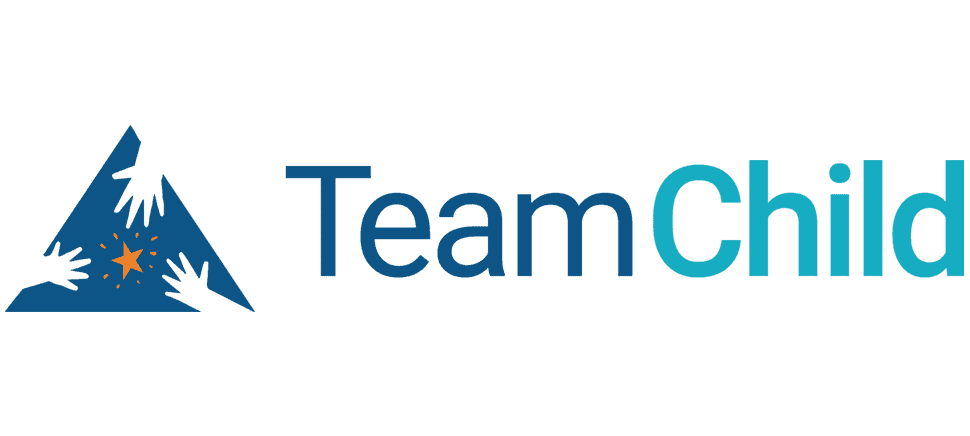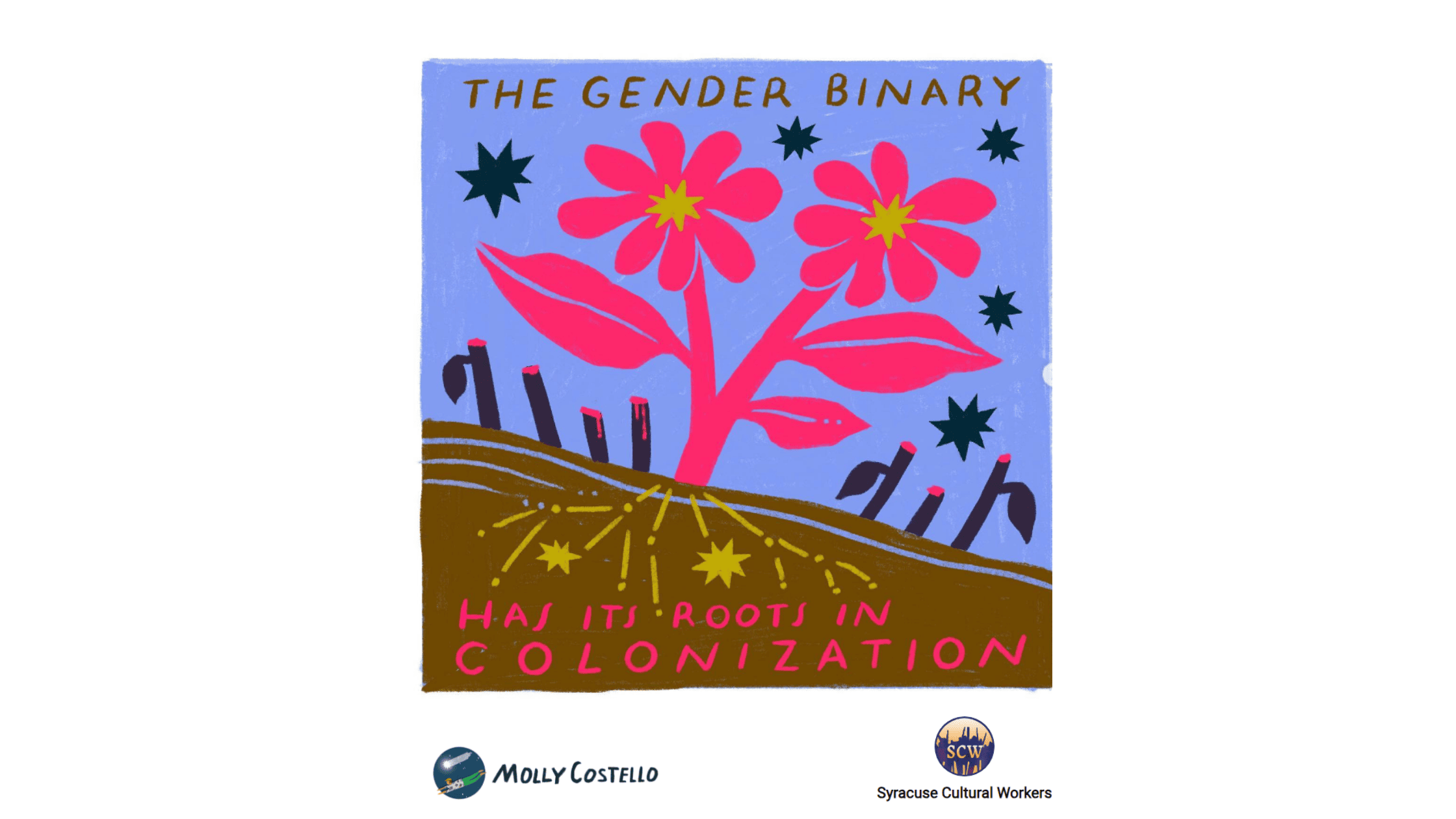Intersectional Pride
In 2016, Kimberlé Crenshaw gave a TedTalk on intersectionality. In her presentation, she asks the audience to remain standing as long as they continue to recognize the names she lists. She begins with Eric Garner, Mike Brown, Tamir Rice, and Freddie Gray – with half an audience standing, she then names Michelle Cusseaux, Tanisha Anderson, Aura Rosser, and Meagan Hockaday. Once Kimberlé was done, in an auditorium filled to the brim with people, only four had heard the names of everyone she had shared.
Michelle, Tanisha, Aura, and Meagan – known only by four people.
This was in 2016 – before Atatiana Jefferson was fatally shot through her back window by an officer in 2019. Before Breonna Taylor’s life was taken in the middle of the night in her own home in 2020.
Intersectionality, as I have come to understand it, describes the cross sections of one’s identities – how multiple identities interact and form emergent realities. It looks at bigger systems of oppression such as racism, sexism, homophobia, and asks that we identify where and how they interact with each other. If a Black woman’s passing isn’t in the news – is it something to be analyzed through race or gender?
Intersectionality tells us it must be both, and it must be both because being a Black woman means you deal with racism and sexism at any given time. Being a queer person of color means you deal with the confines of gender, sex, and race always. These systems work together to push those of us who are not easily categorized out and further narrow the possibility of being seen and supported. Because of intersectionality, because of the multiple identities that any one person has, it is of the utmost importance to understand that we cannot be seen in fragments because the world we live in, pushes us out as a whole.
So, how do we take this further and incorporate it into conversations of justice, equity, and transformation? If after race, comes gender – what happens when your gender does not fit into either of the two most common categories of being a man or woman / girl or boy? What is there to do when you see yourself as non-binary, gender non-conforming, or have a unique take on what it means to be male or female? And what does it do when you add to the identifiers of race and gender the identity of a young person, who has fewer rights than an adult in seeking their own health care, school placement, or living arrangement?
Whether it was through state–sanctioned violence or the actions of individual community members in 2023 alone, we have lost – Ashia Davis, Banko Brown, Koko Da Doll, Ashley Burton, Tasiyah Woodland, Tortuguita, Cashay Henderson, and Maria Jose Rivera Rivera, Zachee Imanitwitaho, Unique Banks, KC Johnson, and Jasmine “Star” Mack. It is in their memory and in the memory of those whose names are not mentioned that we want to highlight how to take the lens of intersectionality and apply it to the legislation that is pushing our LGBTQ+ community members, including young people, closer to being forgotten and further away from safety.
National Resources on Tracking Anti-Trans Legislation
- 2023 Anti-Trans Legislation Tracker (tracktranslegislation.com)
- 2023 Anti-Trans Bills Tracker (translegislation.com)
- Mapping Attacks on LGBTQ Rights in U.S. State Legislatures (ACLU.org)
Local Legislation
Trans Youth in Shelters
ESSB 5599 (Sen. Marko Liias, D-Everett) affirms protections for trans youth by securing rights to gender-affirming and reproductive health care in at-risk situations. Many young people in Washington state are not afforded the support of their families in seeking critical resources in actualizing their identities – this often creates extremely precarious situations for youth, and providing protected health care services can literally be the difference between life and death.
Name Changes
SSB 5028 (Sen. Pedersen, D-Seattle) allows a person to file a name change petition in any district in the state, not just the filer’s home district, and immediately seals their record. The requirement that the petition state the reasons for the name change is eliminated.
Protecting access to reproductive and gender-affirming treatment
In the wake of the Dobbs decision, ESHB 1469 (Rep. Hansen, D-Kitsap) protects people seeking reproductive and gender-affirming health care from legal action originating in other states. There is still much concern about the equitable distribution of protected care services, as many of the most vulnerable groups in LGBTQ+ communities may be financially precluded from treatment in ways that wealthier patients are not.
It is a matter of life and death that we broaden our perspectives, that we take great care when creating strategies in this work and remain firm in seeing all of the identities that our community members hold. Let it be through the lens of intersectionality that we allow ourselves the opportunity to see our communities, our loved ones, and ourselves for all of who we are and not as fragmented pieces of a whole.
The time for change has come. May you find the best way to take action and show solidarity to those of us who would welcome it the most.



